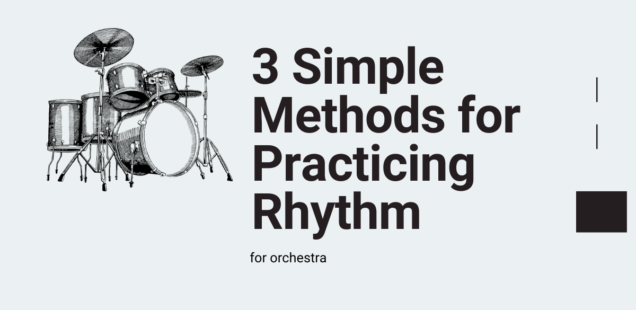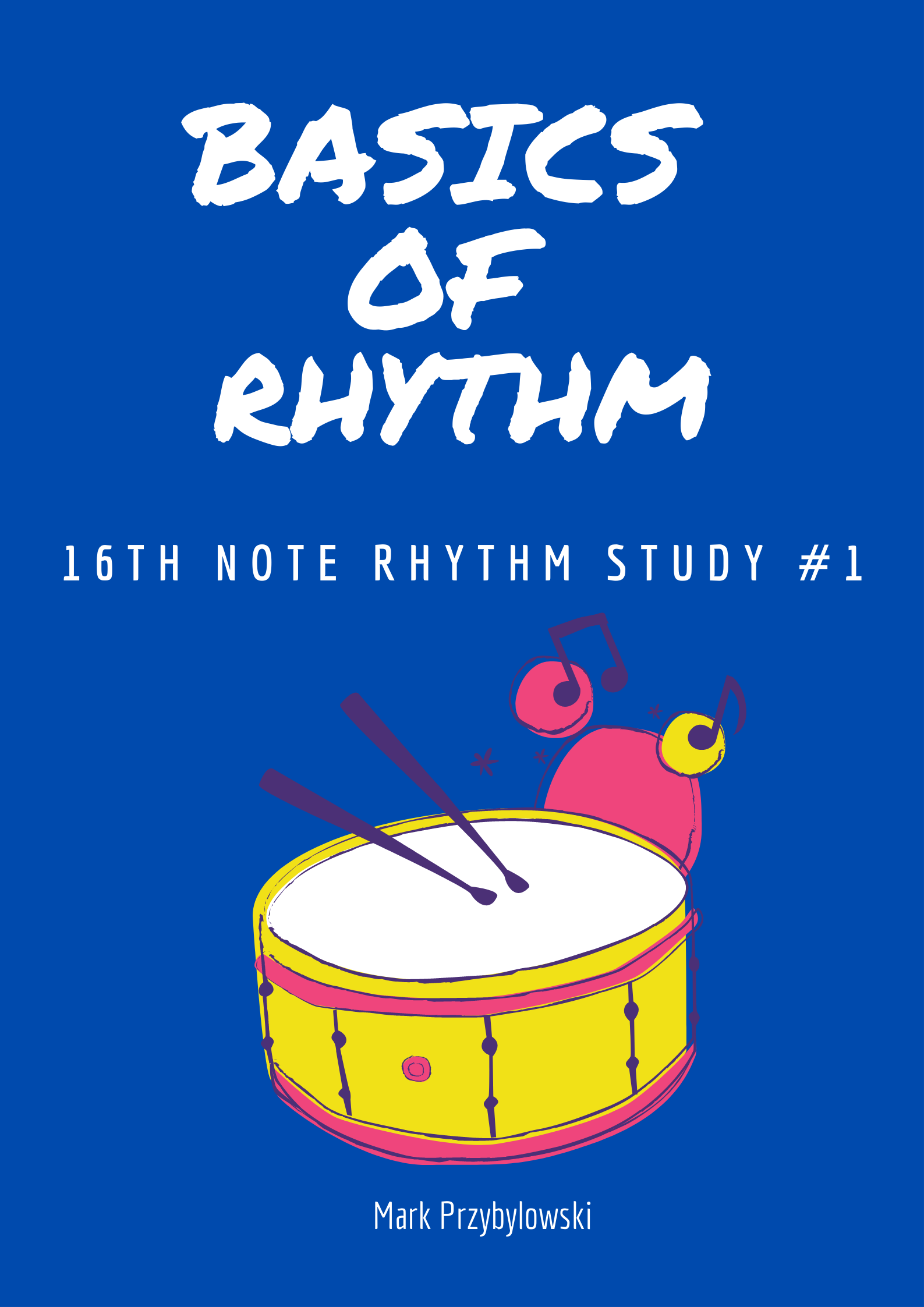
3 Simple Methods for Practicing Rhythm
Recently I have been reviewing some rhythm fundamentals with my youngest students. Therefore, we have been working on the basics of rhythm – whole notes, half notes, quarters, and 8ths. We’ve also been working on performing together, feeling the pulse together, and counting.
In this blog post I will share 3 simple methods for practicing rhythms. I will also share some rhythm resources you can use in your classroom or with your private students.
Echo
Just as a baby learns to speak through imitation and sounds, we learn music the same way. Many times, before I break down a rhythm with my students I will have them echo the rhythm first. I will do this by either clapping the rhythm or playing it on an open string and having them echo me.
This allows the students to focus on the sound and feel of the rhythm before they look at the actual notation (this coming from Edward Gordon). It also allows the students to perform together and begin to internalize the rhythm.
Once the students have the rhythm down, we will look at the notation and break it down.
Count and Clap
I will post the rhythm on my whiteboard and we will begin to dissect the rhythm. I use the standard counting system and teach the students to count saying “1 and 2 and 3 and 4 and.” I may ask the students to give me the counts and will then write them underneath the rhythm. Occasionally I will have students come up and provide the counts underneath the rhythm. Other times, I will write the counts below the rhythm.
From there I will demonstrate the rhythm by clapping it and counting it out loud. I will then have the class perform it as a whole group. I will give them more time (as needed) to practice in their seats if they are having trouble with the rhythm. I will offer help and walk around the room to check for understanding.
Play On An Open String
The next step I have students do is take the rhythm we just worked on and play the rhythm on their instrument. I will have the students perform the rhythm on an open string.
This is really great because it helps to further internalize the rhythm. Additionally, it helps the kids to get the rhythm in their bows where they can think about bow speed and sound production.
Students love to demonstrate their knowledge. Therefore, I’ll ask for some “hot diggity dogs” who might want to perform a solo. This is a fun way to check in on student understanding and progress. The kids love to be a “hot diggity dog” and play solo.
Resources
Over the years I have written out many rhythm studies to help my students count, play, and understand rhythm. I’ve created rhythm studies addressing 8th notes, 16th notes, cut time, 2/4, ¾, compound meters, syncopation, dotted quarter followed by 8th, and so much more.
You can develop your own rhythm studies to meet your students needs through free web based softwares like Flat or Noteflight.
If you are in need of resources for your class, check out the following rhythm studies I created:
- Basics of Rhythm: 16th Note Rhythm Study #1
- Basics of Rhythm: 16th Note Rhythm Study #2
- Basics of Rhythm: Rhythm Study in 4/4 Time
- 2/2 Meter Rhythm Study
- Rhythm Study in 4/4


I have also had some luck with Harmonized Rhythms for Strings by Charles Forque and James Thornton and Rhythm Basics by Wendy Barden.
Conclusion
The goal of any rhythm study is so students can more easily perform and recognize rhythms in the music they are performing. If students are struggling with a rhythmic passage in a piece of music, make a rhythm study out of it.
My ultimate goal is to teach students to not only play the rhythm, but to understand what they are playing and how to play it (counting). So, this is my basic method for teaching rhythm to my students.